10 Best Feeder Insects for Bearded Dragons: A Complete Guide for Beginners
Introduction
Feeding a bearded dragon can be an enjoyable experience for pet owners. These friendly, curious and social creatures love to eat a variety of insects, vegetables, and fruits. A balanced diet for bearded dragons should consist of approximately 80% insects and 20% plant matter. Insects are an important source of protein, and their nutritional value is essential for the growth and health of your bearded dragon.
Why Choose Feeder Insects for Bearded Dragons
Feeder insects are a great source of nutrients, and they provide bearded dragons with the energy they need to grow and maintain their health. They’re also easy to find in pet stores or online, and most are affordable. Feeder insects come in different sizes to accommodate the different stages of a bearded dragon’s life. Small insects are ideal for babies, while larger insects are perfect for adults. Here are the 10 best feeder insects for bearded dragons that are safe, nutritious and easy to find:
Top 10 Feeder Insects for Bearded Dragons
1. Crickets
Crickets are a staple food item for bearded dragons. They’re high in protein, easy to digest, and readily available. They come in different sizes, so it’s best to choose the appropriate size for your bearded dragon’s age and size. Crickets are also affordable and can be purchased in bulk, meaning you always have a supply on hand.
2. Dubia Roaches
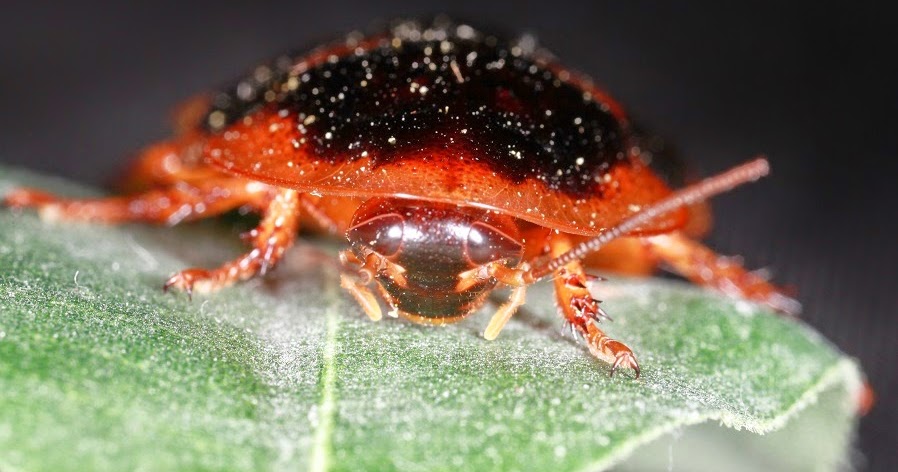
Dubia roaches are a great alternative to crickets. They’re also high in protein, but they’re more nutritious than crickets because they have a higher percentage of meat to shell ratio. They’re easy to digest, and they don’t make noise, smell or jump like crickets. Although they’re more expensive, dubia roaches are a perfect feed for adult bearded dragons.
3. Superworms
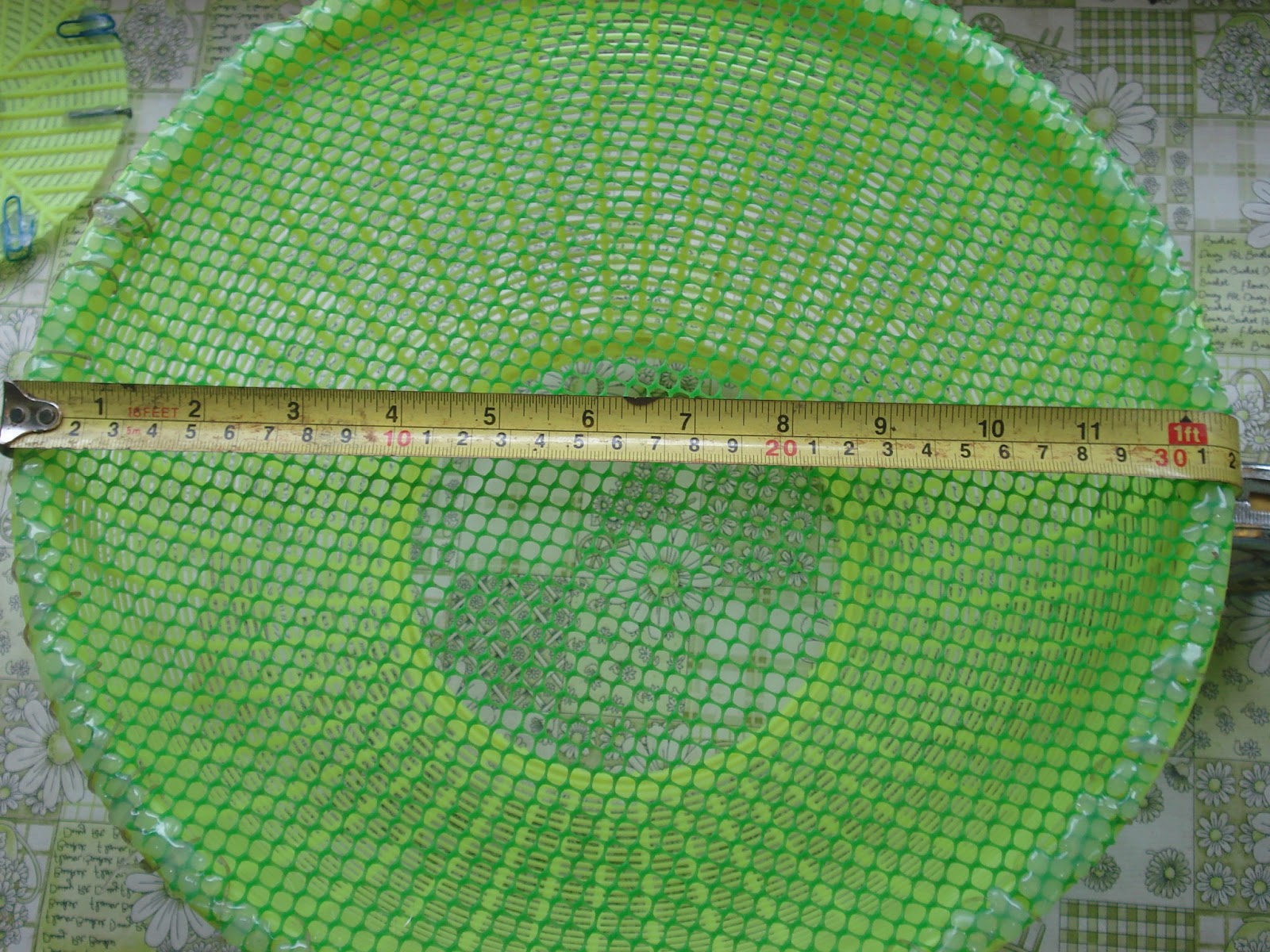
Superworms are another nutritious feeder insect for bearded dragons. They’re high in protein and fat, which makes them a great food item for adult bearded dragons. They can be a bit longer than crickets, which can make them harder to digest for babies. It’s best to only give superworms to bearded dragons that are over six months old.
4. Mealworms

Mealworms are a popular feeder insect because they’re inexpensive and easy to find in most stores. They’re high in protein, but they’re also high in chitin, which makes them a bit harder to digest. Mealworms should only be given as treats to adult bearded dragons and not as a staple food item.
5. Waxworms
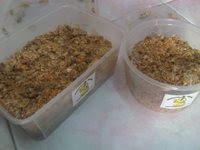
Waxworms are a soft-bodied feeder insect that’s high in fat. They’re ideal for bearded dragons that need to gain weight, and they’re a great source of hydration. It’s important not to feed your bearded dragon too many waxworms because they’re high in fat, and they can cause obesity when overfed.
6. Phoenix Worms

Phoenix worms are also known as calcium worms because they’re high in calcium. They’re small, soft-bodied, and easy to digest, making them an excellent food item for baby bearded dragons. They’re a bit more expensive than other feeder insects, but they’re worth it because of their nutritional value.
7. Silkworms

Silkworms are a soft-bodied feeder insect that can be fed to bearded dragons of all ages. They’re high in protein and low in fat, making them a healthy food item. They’re also easy to digest, so they’re great for bearded dragons that have digestive issues.
8. Butterworms
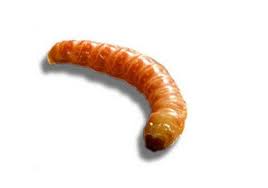
Butterworms are another soft-bodied feeder insect that’s high in fat. They’re ideal for bearded dragons that need to gain weight or for bearded dragons that have trouble eating harder insects like crickets or mealworms. However, it’s important not to feed too many butterworms to bearded dragons because they’re high in fat and can cause health issues when overfed.
9. Hornworms
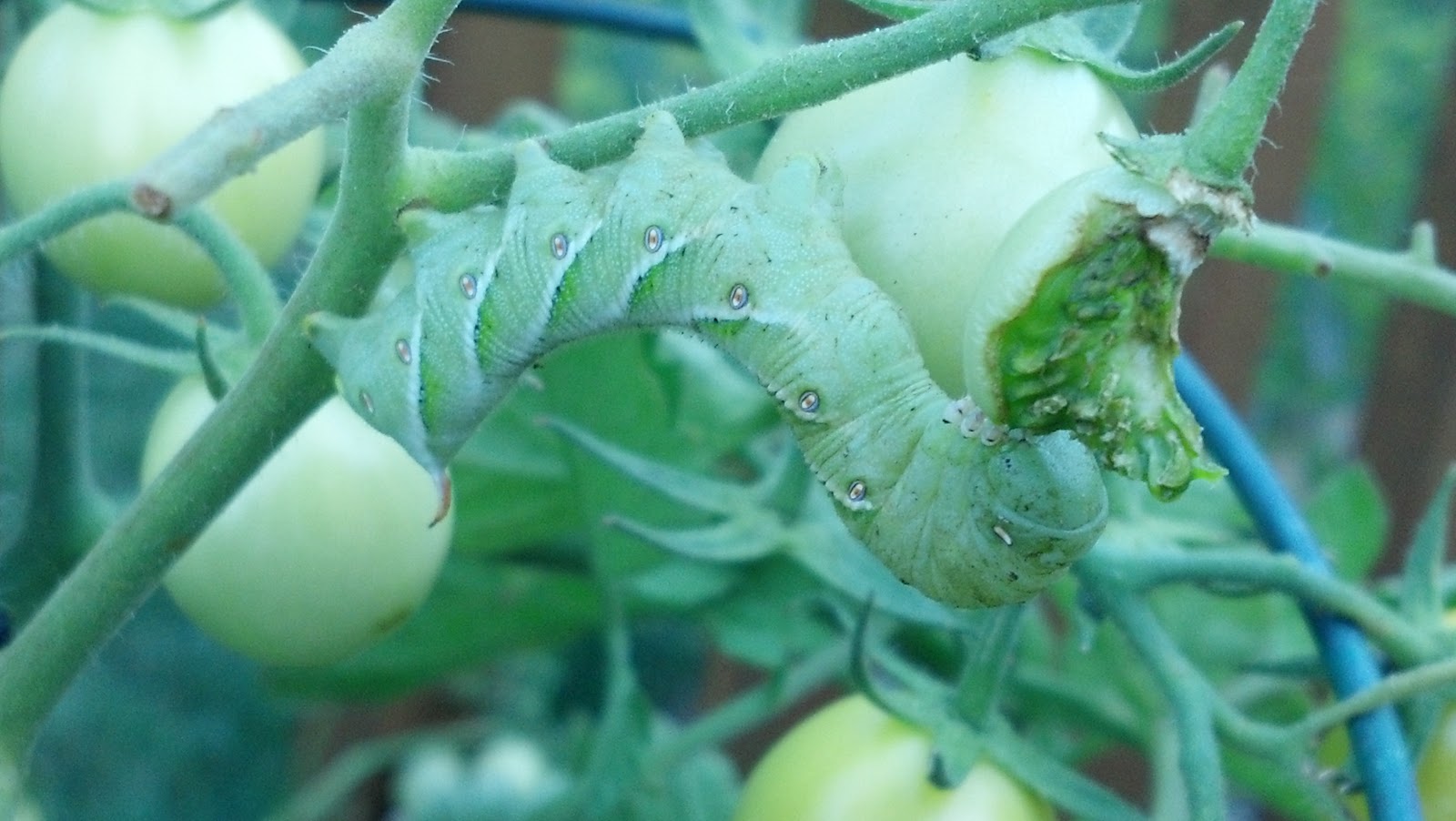
Hornworms are a soft-bodied feeder insect that’s high in water content. They’re ideal for bearded dragons that need hydration. They’re also high in protein, making them a healthy food item. However, they’re a bit more expensive than other feeder insects, so they’re not the best option for people on a tight budget.
10. Grasshoppers

Grasshoppers are another feeder insect that’s high in protein, low in fat, and provides a lot of energy for bearded dragons. They’re also easy to find in most pet stores. However, it’s essential to catch these insects yourself or know the source of the ones you buy. It’s important to avoid feeding wild-caught insects to your bearded dragon because they may carry parasites or diseases.
Conclusion
Feeder insects are an essential part of a bearded dragon’s diet. They provide the necessary protein, energy, and nutrients for your pet to stay healthy and grow. They also come in different sizes, so you can choose the appropriate size for your bearded dragon’s age and size. As a pet owner, it’s essential to know the nutritional value of each feeder insect to provide the best diet for your bearded dragon. By following this guide, you’ll be able to choose the best feeder insects for your bearded dragon and give them a balanced diet they’ll enjoy.
